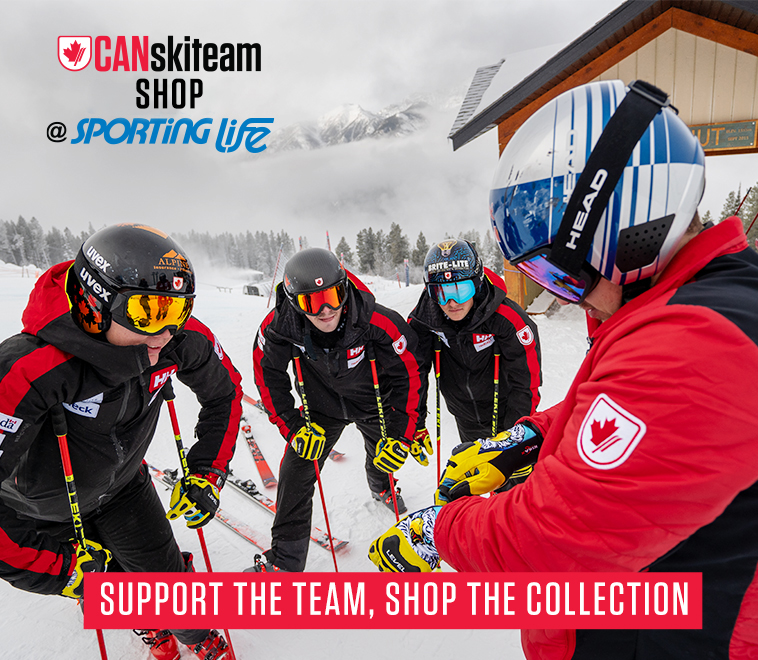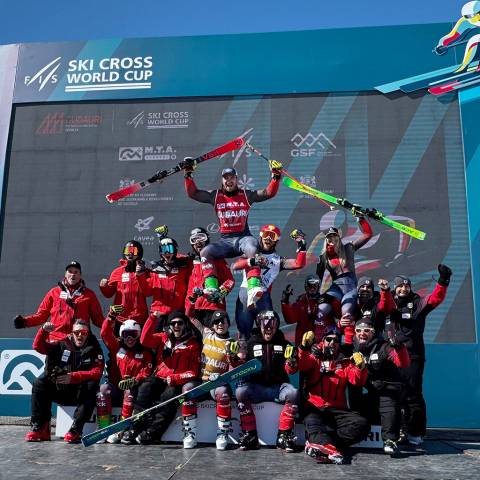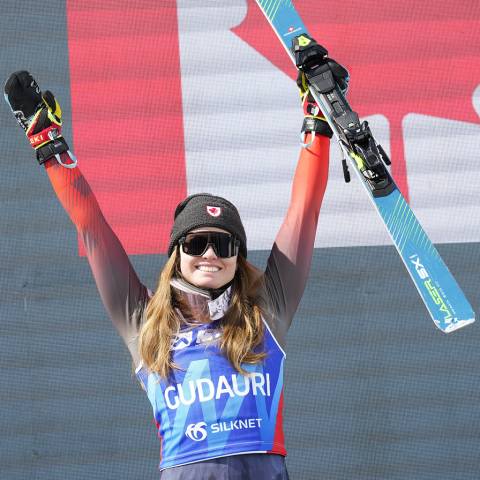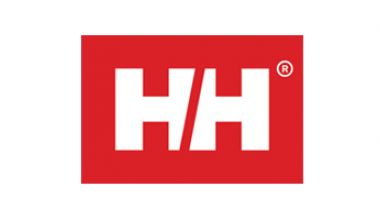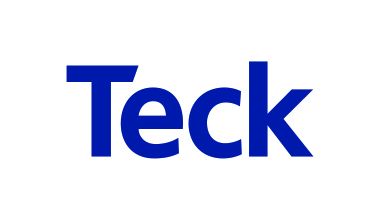Calgary, Alta. (November 6, 2017) – Lake Louise hosted its first World Cup in 1980 with its inaugural downhill race. Three Canadians pushed out of the start gate that day (Steve Podborski – 4th, Ken Read – 8th, Dave Irwin – 12th). Since then, Lake Louise has hosted 19 World Cup men’s events and 26 ladies’ events. The ladies first took to the Lake Louise track in 1989.
So what does it take to host a World Cup in Canada? A village. Over 400 volunteers, preparation staff and members of a race organizing committee touchdown at Lake Louise before the snow even starts flying.
Starting in early September, the Sled Dogs, a dedicated group of Lake Louise Audi FIS Ski World Cup volunteers and Net Monkeys, the crew responsible for the course high safety installations, head to Lake Louise to begin building snow farming structures with t-steel and fencing to accumulate any early season snow fall and set the framework for the track. They also build the base for the athlete warm-up ambience tent near the Top of the World chair. Helicopters are brought it in to help transport equipment like safety nets, porta-potties, tents, and propane. Snowmaking equipment is deployed along the race-course. The Sled Dogs then begin to arrive in mid-November to install secondary safety systems, spectator fencing and prepare for the arrival of the teams in advance of the training runs and race days.
The magic of the World Cup starts long before there is snow in the forecast.
PREPARATION BY NUMBERS
400+: Volunteers
34,000: Cumulative hours of volunteer time put in by the Sled Dogs to prepare for the event
6,600: Hours the Net Monkeys spend on the hill between October 2 and January 20
3372: Volunteer hotel nights
105: Helicopter lifts of equipment onto the ski hill
40: Drills
170: Radios
SAFETY
Safety is one of the biggest undertakings with running a World Cup race. Kilometres of nets are installed that are designed to absorb the shock of high speed crashes and keep volunteers and spectators safe while lining the race course during the training and competition. On the Lake Louise track, the most amount of b-net, is used from the men’s start to the Tickety Chutes section of the race track.
In conjunction with the nets, willy bags and air fences are used to protect athletes in the event of a crash.
SAFETY BY NUMBERS
3.6: kilometres: A-net installed
4 kilometres: crowd control net installed
12 kilometres: B-net installed
16 kilometres: Braid rope to make A-net absorption work
70: Pieces of air fence
200: Willy bags
2,800: Hours to install A-net
THE TRACK
The race track at Lake Louise is one of the few stops on the Audi FIS Ski World Cup circuit where the men and ladies race on the same track. Although the track is slightly adjusted for the ladies, including a lower start, the track remains relatively similar for the ladies who race down it the weekend after the men.
3103 metres: Length of the men’s track
3042 metres: Length of the ladies’ track
826 metres: Vertical drop of men’s track
793 metres: Vertical drop of the men’s track
39: Gates on the men’s downhill course in 2015
43 : Gates on the ladies’ downhill track in 2015
RACE DAY
With the majority of preparation completed by race day, the fastest skiers from around the world arrive to one of Canada’s most beautiful national parks for the inaugural speed event of the season. Canadians have had a pretty great record of standing at the podium on home snow at Lake Louise with some of the biggest names in Canadian ski racing history finding success on this track.
12: Canadian Podiums
20-23: Number of Nations expected for the men’s event; 17-19 for the ladies’ weekend
90+: Number of men expected to race; 70+: number of ladies expected to race
1200: Copies of start lists’ and results printed on race days
9: Kilometres of cable used to line track for timing system for live timing
Information and images are supplied by various Sled Dogs volunteers and the Net Monkey’s involved in the 2017 Lake Louise Audi FIS Ski World Cup.
On behalf of all Alpine Canada athletes, coaches and staff, a big ‘thank you!’ to the tireless efforts of the volunteers to ensure Canada’s only alpine World Cup stop is safe and successful!
Stay tuned for more updates and details about the races. Visit lakelouiseworldcup.com for more info.
ABOUT ALPINE CANADA
Alpine Canada is the national governing body for alpine, para-alpine and ski cross racing in Canada. With the support of valued corporate partners along with the Government of Canada, Own the Podium and the Canadian Olympic Committee, Alpine Canada develops Olympic, Paralympic, world championship and World Cup medallists to stimulate visibility, inspiration and growth in the ski community.



